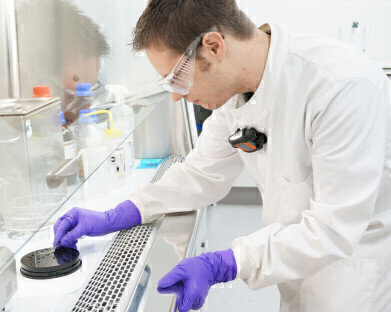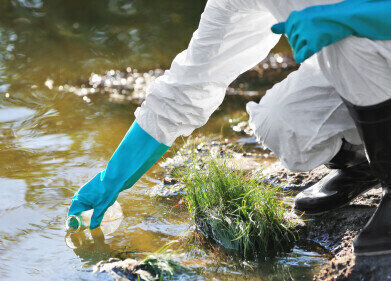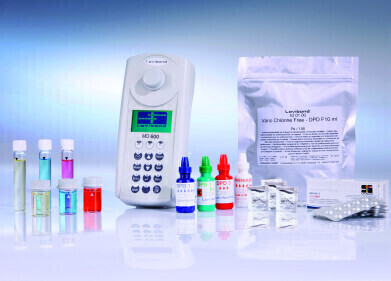Portable/Field Testing
National Oceanography Centre Waves Goodbye to Potential Exposure to Volatile Organic Compounds
Nov 09 2015
Southampton’s National Oceanography Centre (NOC) is using two Ion Science (UK) Cub personal photoionisation detectors (PIDs) in a move to reduce employees’ risk of exposure to essential chemicals used in a fume containment cabinet. The leading research facility chose the advanced instruments due to their ease of use and unobtrusive design while providing a quick response to the presence of hazardous volatile organic compounds (VOCs).
The NOC is one of the leading oceanographic research centres in the world. It is operated jointly between the Natural Environment Research Council and the University of Southampton and enjoys the freedom to conduct academic research while maintaining strong industry ties which enables greater reach for its work. The centre has developed highly integrated and rugged microfabricated sensors to measure parameters crucial to understanding the oceans and other waterways and their role in climate change.
Gregory Slavik, Microfabrication Engineer at NOC comments: “We needed a secondary control to monitor the possibility of employee exposure to chemicals used in a fume containment cabinet. An online search showed the Ion Science Cub personal PID monitors as being an ideal solution plus the UK distributor, Shawcity, was already set up as a supplier on our procurement system.
“The ease of use and unobtrusiveness to the user while still providing quick response to hazards are the main reasons we chose the Cub instrument. In our opinion, this is a winning combination and made it stand out from competitor devices.”
Extremely comfortable to wear, Cub is the smallest and lightest personal PID monitor available and has helped set a new benchmark in personal gas monitoring. It offers a dynamic range of 1 ppb (parts per billion) to 5000 ppm (parts per million) sensitivity - giving an early warning of exposure to hazardous gases, including benzene.
Attached to NOC employees’ lab coats, the Cubs are used once a day while chemicals are being used. The data is collected and stored for reference purposes, particularly for internal H&S audits to demonstrate that exposure is below short term and daily limits.
Gregory continues: “There are no substitutes for the potentially harmful substances used in our process so it is vital that all possible safety measures are taken to ensure employees are protected. The Ion Science Cub PID personal monitors are highly sensitive to the other marker chemicals we often use to assess whether the containment in our safety cabinet is effective.”
When worker exposure exceeds pre-set limits the Cub’s audible, vibrating and flashing LED alarms provides an alert to the gases present. Readings are displayed on a bright, back-lit LCD display with selectable data logging time.
“The Cubs provide an independent alarm to the employee if the cabinet is not functioning properly but also records a quantifiable measure of exposure to VOCs,” Gregory adds.
The Cub is available as a standard instrument with 10.6 eV lamp for accurately detecting a wide range of VOCs to ppm levels. The CubTAC ppm variant with 10.0 eV lamp accurately detects total aromatic compounds (TACs), including benzene. Both models can be upgraded to ppb sensitivity quickly and easily via Ion Science’s micro website.
Ion Science’s PID sensor technology has been independently verified as best performing for speed, accuracy and humidity resistant operation. Innovative anti-contamination and patented fence electrode technology provide extended run time in the most challenging environments.
“The support from Ion Science has been excellent. After initial set up and once we fully understood its capabilities, we have found the Cubs to be of very high quality with flawless operation. I would not hesitate to recommend both Ion Science and its products,” Gregory concludes.
Digital Edition
IET 34.2 March 2024
April 2024
Gas Detection - Biogas batch fermentation system for laboratory use with automatic gas analysis in real time Water/Wastewater - Upcycling sensors for sustainable nature management - Prist...
View all digital editions
Events
May 20 2024 Columbus, OH, USA
May 21 2024 Lagos, Nigeria
May 23 2024 Beijing, China
May 23 2024 Beijing, China
May 29 2024 Beijing, China




-QED-Image.jpg)














